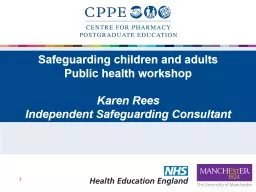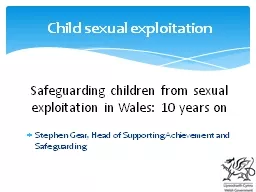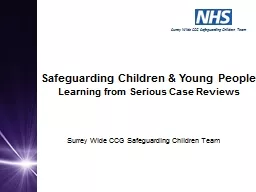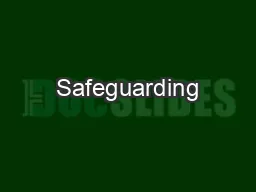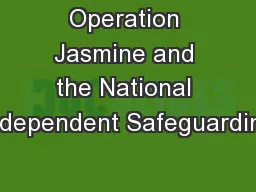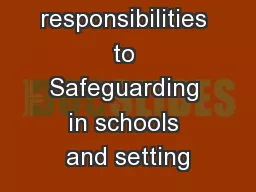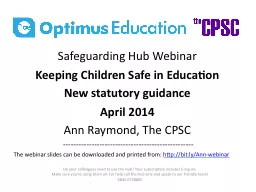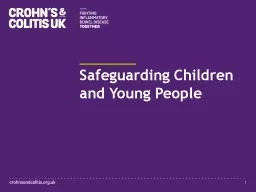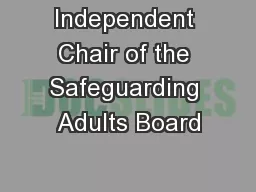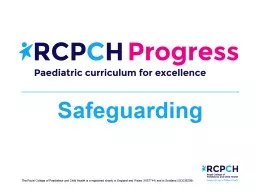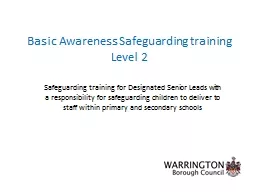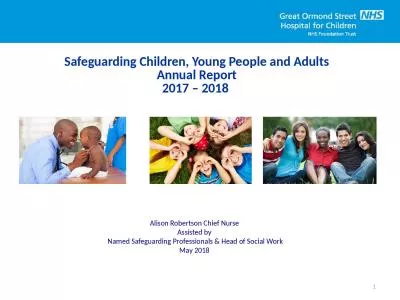PPT-Safeguarding children and adults
Author : giovanna-bartolotta | Published Date : 2017-09-05
Public health workshop Karen Rees Independent Safeguarding Consultant 1 Aim The aim of todays workshop is to develop your confidence knowledge and skills to be able
Presentation Embed Code
Download Presentation
Download Presentation The PPT/PDF document "Safeguarding children and adults" is the property of its rightful owner. Permission is granted to download and print the materials on this website for personal, non-commercial use only, and to display it on your personal computer provided you do not modify the materials and that you retain all copyright notices contained in the materials. By downloading content from our website, you accept the terms of this agreement.
Safeguarding children and adults: Transcript
Download Rules Of Document
"Safeguarding children and adults"The content belongs to its owner. You may download and print it for personal use, without modification, and keep all copyright notices. By downloading, you agree to these terms.
Related Documents

